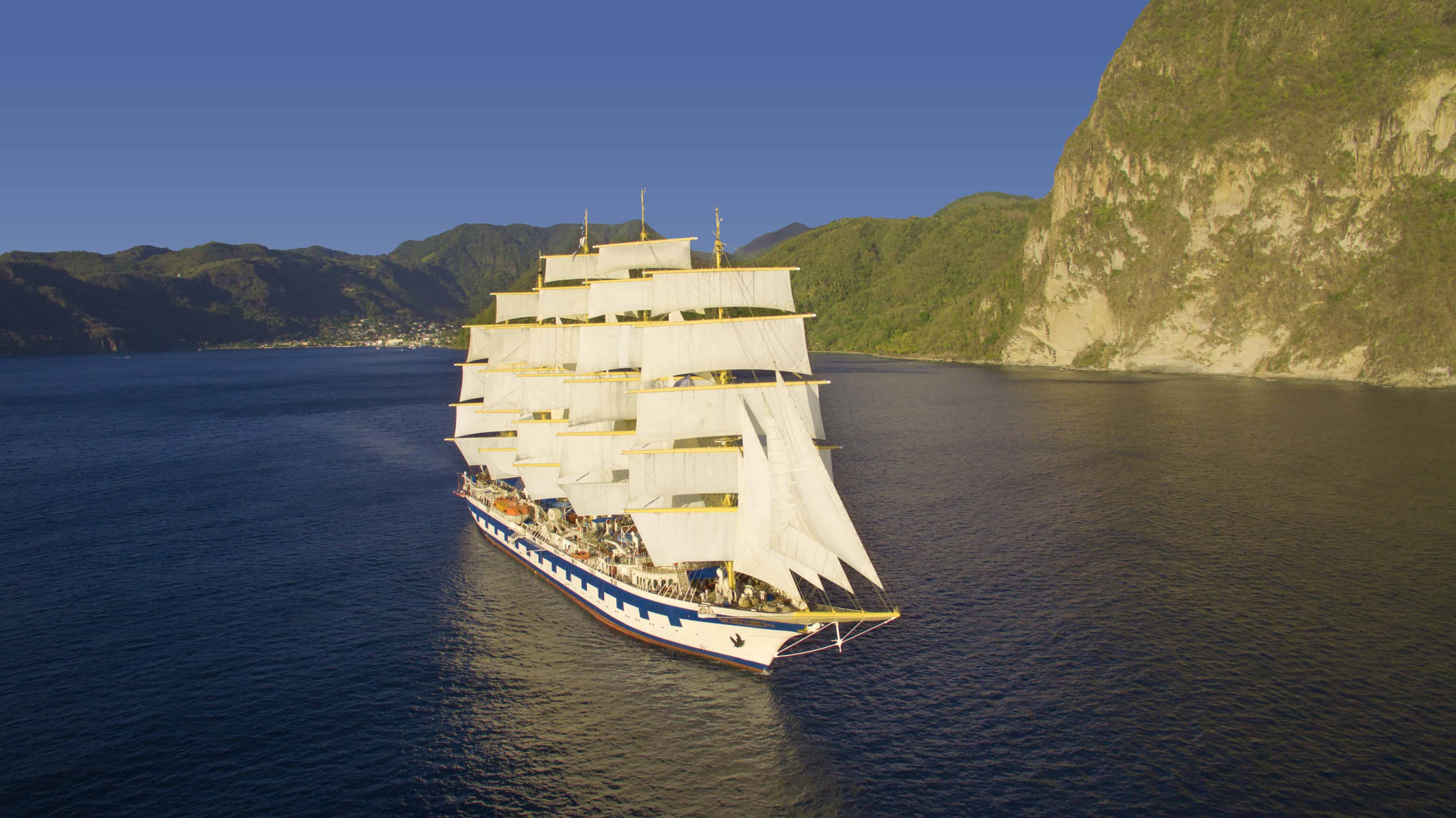
Survival requires intense attention to detail and resource management, and almost every decision feels weighty. (If someone dies in tactical combat, they’re dead on the strategic layer, too.) So does the way the flexible time unit system puts every step they take in your direct control. The fact that each of your renamable soldiers is an extremely fragile mortal that can be permanently struck down in an instant by a plasma bolt from the darkness or turned into a zombie with a single touch adds an incredible high-stakes tension. (An average campaign will take roughly 15 or 20 hours.) Building a base to research and manufacture advanced weaponry on the global strategic level, then using that weaponry to kill aliens in the squad-based tactical mode on randomized, destructible maps and bring back their technology for further development ties the two together in numerous interesting ways. Structurally, it nails almost all of what makes X-COM my favorite game of all time, and kept me largely happy for the roughly 80 hours I’ve played. By the early 20th century, clipper ships were no longer competitive and disappeared from global shipping lanes.In most respects - perhaps too many - Xenonauts is the X-COM follow-up we should’ve had in 1998. The opening of the Suez Canal in 1869 also favored the usage of steamships in the long-distance trade between Europe and Asia by reducing travel distances and destroying the niche advantage that clipper ships had over such distances.

The economies of scale they conferred undermined the competitiveness of sail ships over increasingly longer distances. The clipper era ended when reduced freight rates made possible the introduction of steamships that offered the double benefit of faster speeds as well as using direct paths. Tea was a particularly time-sensitive commodity since its quality deteriorated with time and thus commercially benefited from fast clipper services. As hinted, the growth of the China trade in the second half of the 19th century created the most substantial impetus for the usage of clippers. For instance, the California clipper, the China clipper, and the tea clipper were all ship-rigged vessels with sharp bows and were designed for speed. By 1845, the term was used in conjunction with a name indicating the cargo carried, or area served by a fast-sailing vessel, and a specific rig type was usually indicated. The absolute one-day distance record made by a clipper involved 436 nautical miles.Ĭlipper ships were fast, but no specific rig type was standard. For instance, the clipper ship “Oriental” could sail from Hong Kong to London in 97 days that year. Their impact on trade was very significant, as before their introduction, it could take between 12 and 15 months to sail from South Asia to England. They usually carried crews of about 25 to 50 sailors.


Because of this advantage, they were able to fill a valuable niche of “express” cargo and passenger services, much similar to what long-distance airliners assumed from the 1960s. The clipper ship was quite fast for a seagoing, cargo-carrying vessel speeds have been recorded up to 20 nautical mph but with limited cargo carrying capacity (long and thin design with large sail surface). The name was adopted to mean fast ship by the 1830s. They represented the utmost evolution and refinement in the design of sail ships. Source: “The Prinz Albert” (1897) painted by Antonio Jacobsen (1850-1921).Ĭlipper ships were so named because they were fast sailors, a term derived from to “clip”, that is getting as much propulsion as possible from the available wind.


 0 kommentar(er)
0 kommentar(er)
